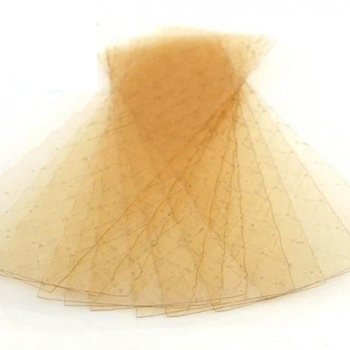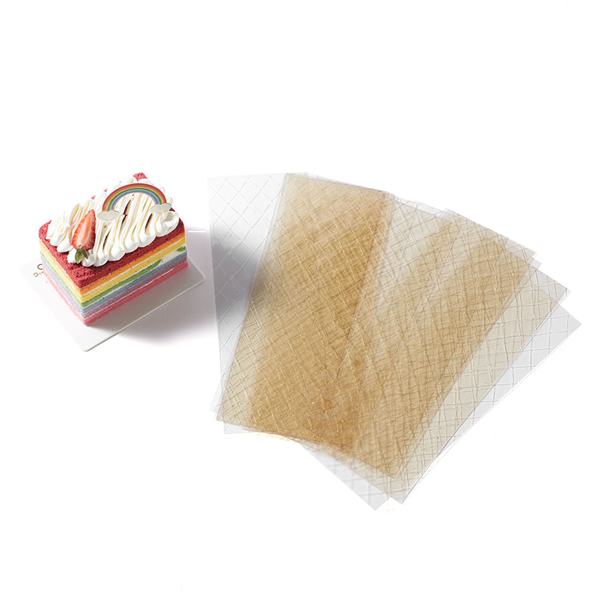Gelatin is a protein derived from collagen in animal skin, bones and connective tissue. It has been used for culinary purposes for centuries, adding texture and viscosity to a variety of dishes including jellies, mousses, custards and fudge. In recent years, gelatin sheets or leaves have become increasingly popular with chefs and home cooks for their convenience and versatility. In this blog, we will explore the various applications of gelatin sheets in the food industry and the benefits they bring.
Gelatin sheets are thin, translucent squares or rectangles graded according to their blooming strength, or ability to gel. They are usually sold in packs of 10-20 and can be soaked in cold water to soften and dissolve before use. The advantage of using gelatin sheets over powdered gelatin is that they are easier to measure, dissolve more evenly, and produce a clearer, smoother texture. They're also free of artificial colours, flavors and preservatives, making them a healthier choice.
One of the most common uses of gelatin sheets is in desserts that require a firm or stable texture. Panna cotta, for example, is made by heating cream, sugar, and vanilla, then adding frosted gelatin chips to the mixture. The mixture is then poured into molds and cooled until firm. Gelatin sheets are also used to make Bavarian creme, a light and airy dessert of whipped cream and custard mixed with foamed gelatin sheets. The result is a delicate and elegant dessert that can be flavored with fruit, chocolate or coffee.
In addition to desserts, gelatin sheets are used in savory dishes to add texture and clarity to sauces, stocks, and terrines. For example, classic bouillon, a clear soup made from chicken or beef broth, relies on the gelling properties of gelatin sheets to remove impurities and clarify the liquid. The broth is first heated and combined with the egg whites, ground meat, vegetables, and herbs, then simmered until impurities come to the surface and form a mass. The raft is then lifted gently and the broth is strained through a cheesecloth-lined sieve containing a layer of soaked gelatin sheets. The result is a clear broth packed with flavor and nutrients.
Another benefit of using gelatin sheets is that they can be manipulated to create different textures and shapes. For example, gelatin sheets can be cut into strips, ribbons or petals and used as a side or garnish for cakes, mousses or cocktails. They can also be molded into 3D shapes using silicone molds, or into spheres using the spheroidization technique. The latter involves placing flavored droplets in a solution of calcium chloride and sodium alginate, which reacts with the gelatin in the droplets and forms a film around them, creating a melt-in-your-mouth effect.
In conclusion, gelatin flakes are a versatile and beneficial ingredient that can be used in a variety of food applications from desserts to savory dishes and garnishes. They have a clear and smooth texture, a stable gel, and are a healthy alternative to artificial additives. Whether you're a professional chef or a home cook, you can benefit from using gelatin sheets in your recipes to their full potential. So the next time you're looking for a way to add depth and complexity to a dish, try gelatin sheets and see where your creativity takes you.
Contact Gelken for getting more information or quotations!
Post time: Apr-19-2023









